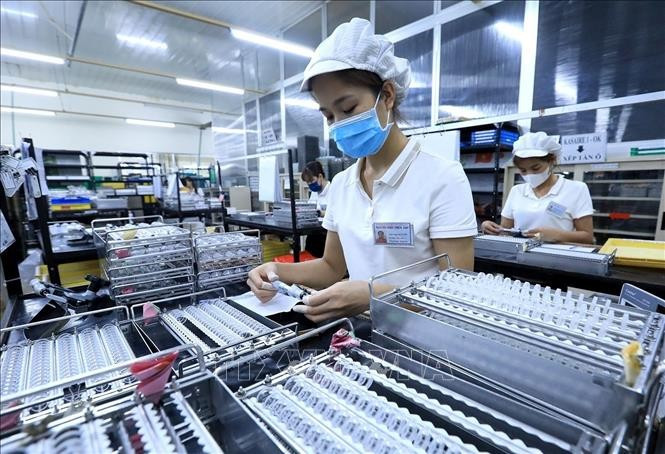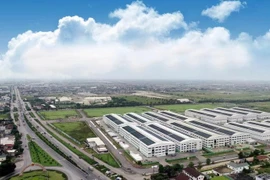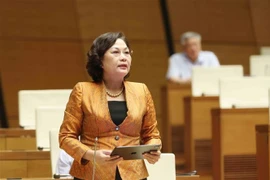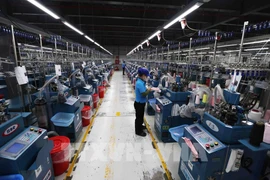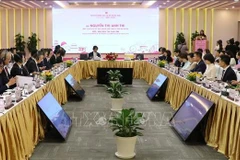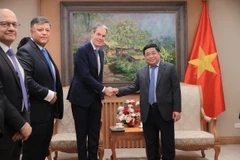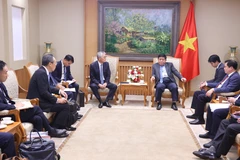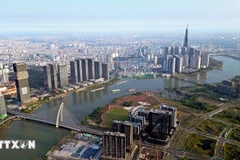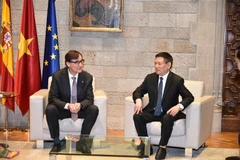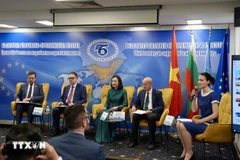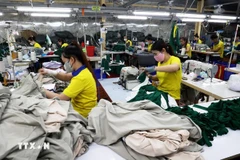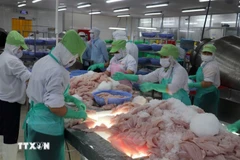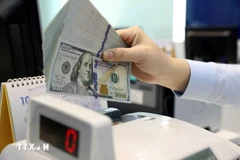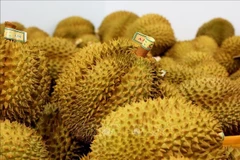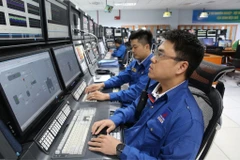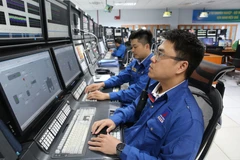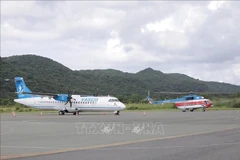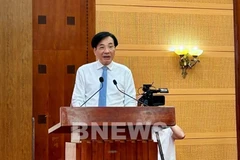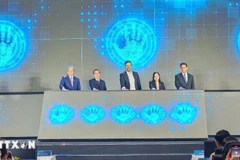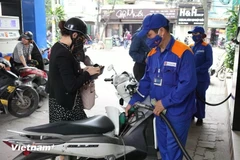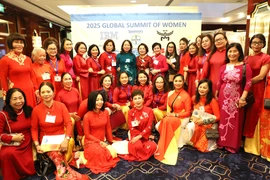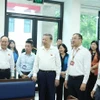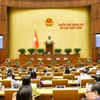Hanoi (VNA) — Vietnam is rolling out a host of new technology and workforce initiatives to ensure foreign direct investment (FDI) acts as a powerful catalyst for innovation and enables domestic companies to move to higher positions in the global value chain, Finance Minister Nguyen Van Thang has said.
The National Assembly approved Law No. 57/2024/QH15, which amends and supplements several provisions of the Law on Planning, the Law on Investment, and the Law on Public-Private Partnership Investment. That has significantly reformed Vietnam’s investment policy framework, with some administrative procedures for infrastructure projects and sub-projects in industrial parks and economic zones simplified. Besides, authority to green-light investment policies for industrial and processing zones is now delegated to provincial-level People’s Committees.
This decentralisation will help localities save time and costs, speed up project implementation, and enhance socio-economic development effects, Thang said, stressing that the move gives local authorities greater autonomy and responsibility to develop industrial parks that align with local realities.
The law also introduces a groundbreaking "special investment procedure" that switches from a pre-approval to a post-approval examination model, further cutting red tape and shortening project implementation time. This procedure is applied to innovation, semiconductor, and other hi-tech industries that are prioritised for development at industrial, export processing, hi-tech, and economic zones. Accordingly, investors can obtain an investment registration certificate within 15 days. Certain procedures related to construction permits, environmental protection, and fire prevention will be waived, potentially shaving up to 260 days off the current licensing process.
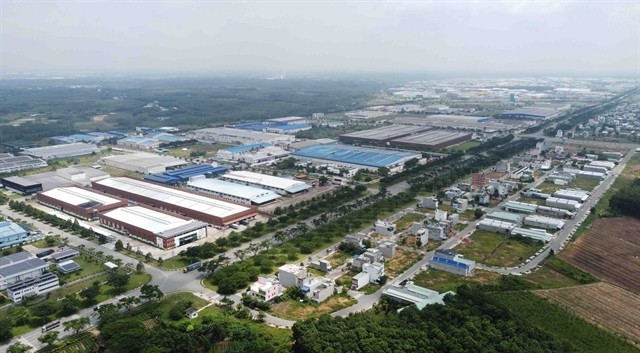
Meanwhile, Vietnam’s FDI attraction policy always demands substantive technology transfer and improvement of domestic innovation capacity. Under the Prime Minister’s Decision No. 929/QD-TTg, a government steering committee for science, technology, innovation and digital transformation has been established with special incentives for hi-tech projects or those committed to transferring critical expertise.
Implementing the Politburo's Resolution No. 57-NQ/TW on making breakthroughs in science - technology development, innovation, and national digital transformation, the Ministry of Finance is also drafting policies to establish specialised AI and smart industrial parks to raise the technological profile of FDI projects and create spillover effects for local businesses.
Additionally, the Government has approved a semiconductor industry strategy and a workforce development programme for this sector through 2030, which aims to train at least 50,000 skilled professionals.
Vietnam has already partnered with global tech leaders — including Siemens, Intel, Coherent and Arizona State University — to set up research, incubation, and chip design centres in Vietnam. It is also supporting local firms in acquiring or merging with foreign companies that own core technologies, while encouraging domestic universities, research institutes, and specialists to collaborate with FDI enterprises to gain expertise and adopt advanced digital solutions.
With these measures, the minister believes that FDI will become a strong boost for domestic innovation, helping Vietnamese companies rise up in global value chains./.
